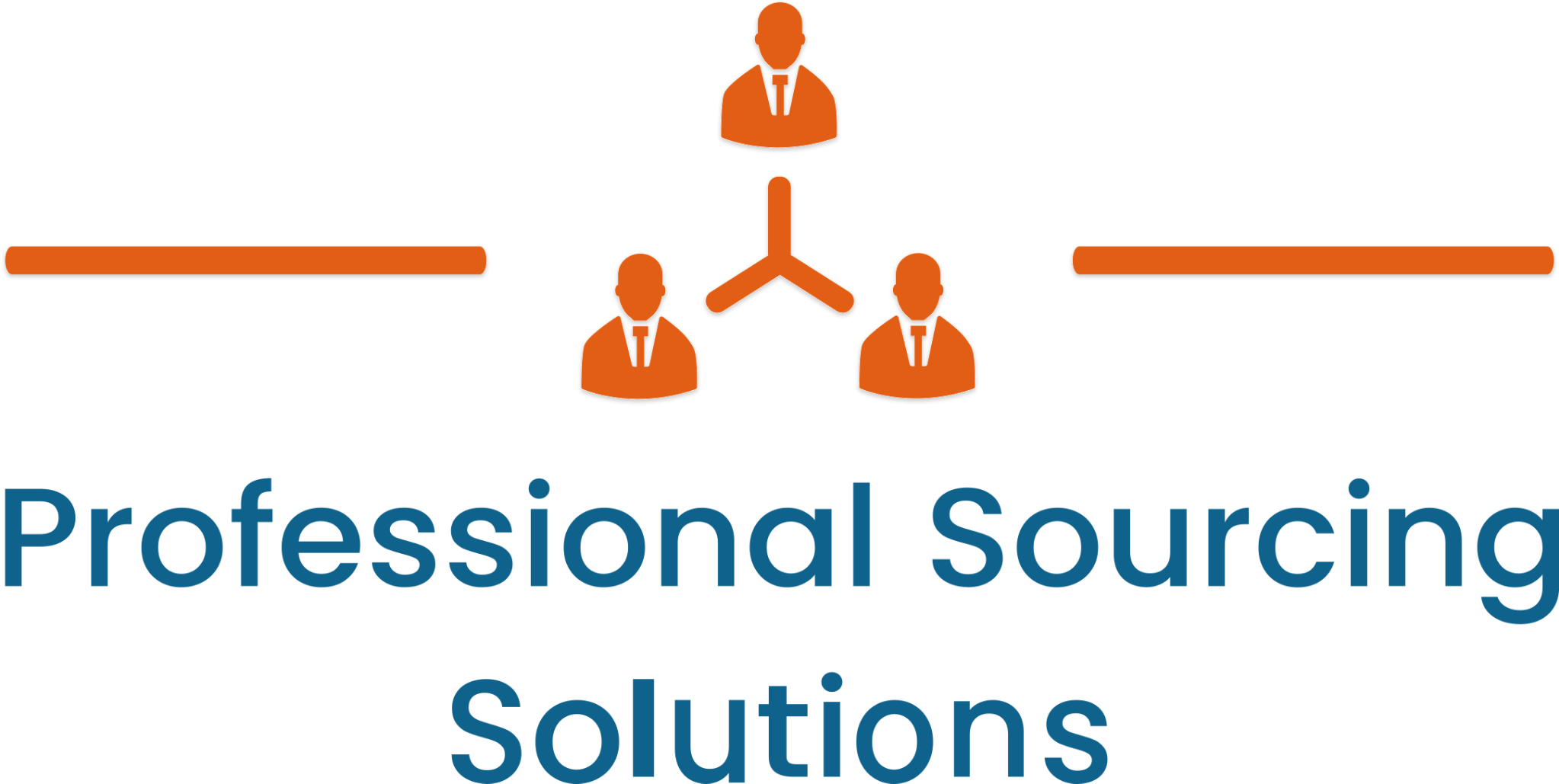
Performance reviews in the retail industry have long been marred by dissatisfaction, perceived as time-consuming, demotivating, and often inaccurate. However, they remain a critical managerial responsibility, and when done right, they can have a positive impact on both employees and the organization. In this article, we’ll explore best practices for conducting effective performance reviews in a retail setting, aiming to enhance employee performance and provide a structured approach for these necessary conversations.
Rethinking Performance Reviews:
Rethinking performance reviews doesn’t mean eliminating them; it means making them more meaningful and effective. The purpose of performance reviews in retail should encompass two main goals: providing an accurate and actionable evaluation of employee performance and fostering skill development in alignment with their job roles.
For employees, feedback holds both intrinsic and extrinsic value, and it plays a crucial role in helping them identify areas for improvement and practice these skills. Numerous studies emphasize that on-the-job experiences, coupled with performance feedback, contribute significantly to professional development. Managers should acknowledge that the higher they climb within an organization, the more they rely on their subordinates’ performance, emphasizing the importance of effective performance reviews.
What to Do Before the Review:
- Define Clear Standards: Establish and communicate performance standards, including ethical guidelines, that will be used to evaluate employees. Ensure alignment with organizational goals and strategies.
- Allocate Sufficient Time: Set aside dedicated time for reviews to avoid rushed, unproductive discussions. Pay attention to employees’ behaviours throughout the year.
- Assess the Causes: Determine the root causes of an employee’s performance, whether they stem from motivation or ability issues. Tailor your approach accordingly, be it through training, coaching, or role realignment.
- Identify Star Performers: Recognize and reward employees who exhibit high motivation and ability, creating action plans to retain and learn from their behaviours.
What to Convey During the Review:
Conducting a performance review involves a series of steps to guide a constructive conversation:
- Communicate Positive Intent: Ensure employees understand that the review aims to enhance their effectiveness and contribute to their professional growth. Align their goals with organizational expectations.
- Offer Specific Feedback: Provide detailed and descriptive feedback on strengths and weaknesses, supported by examples of behaviours that impacted performance. Avoid vague comments that may lead to defensiveness.
- Highlight Behavioural Impact: Emphasize the cause-and-effect relationship between an employee’s actions and their outcomes. Focus on behaviours within their control and differentiate them from personal characteristics.
- Encourage Employee Response: Foster a two-way dialogue, allowing employees to express their thoughts, questions, and concerns. This open communication can lead to a better understanding of performance issues.
So What? Now What?
A review is incomplete without discussing the next steps and responsibilities for both the manager and the employee. The onus for closure lies with the manager, who must identify assets that can enhance performance, assign meaningful tasks, and set clear benchmarks for measuring progress post-review.
What to Do After the Review:
The real impact of performance reviews often stems from what happens after the official review meeting:
- Schedule Regular Follow-ups: Leverage technology to provide regular feedback and follow-up on performance. Research shows that follow-up messages significantly affect behaviour and improve outcomes.
- Look for Patterns: Continuous follow-ups offer opportunities to identify performance patterns and reallocate resources to align with strategic objectives. This data-driven approach enhances organizational effectiveness.
Performance Reviews in Retail
Performance reviews in the retail sector need not be perceived as demotivating or counterproductive. When executed correctly, they can significantly contribute to employee growth and organizational success. By implementing the best practices outlined in this guide, retail managers can transform performance reviews into valuable tools for improving employee performance and fostering a culture of continuous development.
Remember that consistent, effective reviews contribute to employee satisfaction, motivation, and, ultimately, better results for your retail business.
Professional Sourcing Solutions is a staffing agency based in Ontario, Canada that specializes in retail staffing. Book a free consultation to learn more about how we can help you with your staffing needs.



